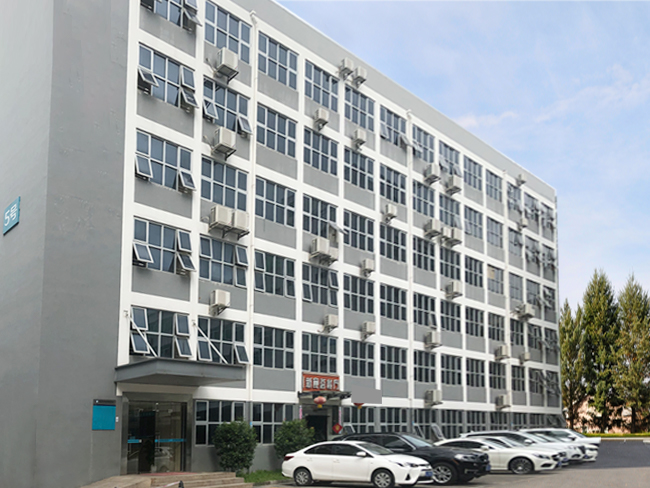
Privacy statement: Your privacy is very important to Us. Our company promises not to disclose your personal information to any external company with out your explicit permission.
PRODUCT CATEGORIES
China Indoor Access Point Suppliers






Send Inquiry

Mr. johnny Li
Tel:86-755-23125215
Fax:
Email:marketing@movingcomm.com
Address:4F, No. 5 Building, TongFuKang ShuiTian Industrial Zone, ShiYan Bao'an District, Shenzhen, Guangdong
Related Products List
Mobile Site


Privacy statement: Your privacy is very important to Us. Our company promises not to disclose your personal information to any external company with out your explicit permission.

Fill in more information so that we can get in touch with you faster
Privacy statement: Your privacy is very important to Us. Our company promises not to disclose your personal information to any external company with out your explicit permission.